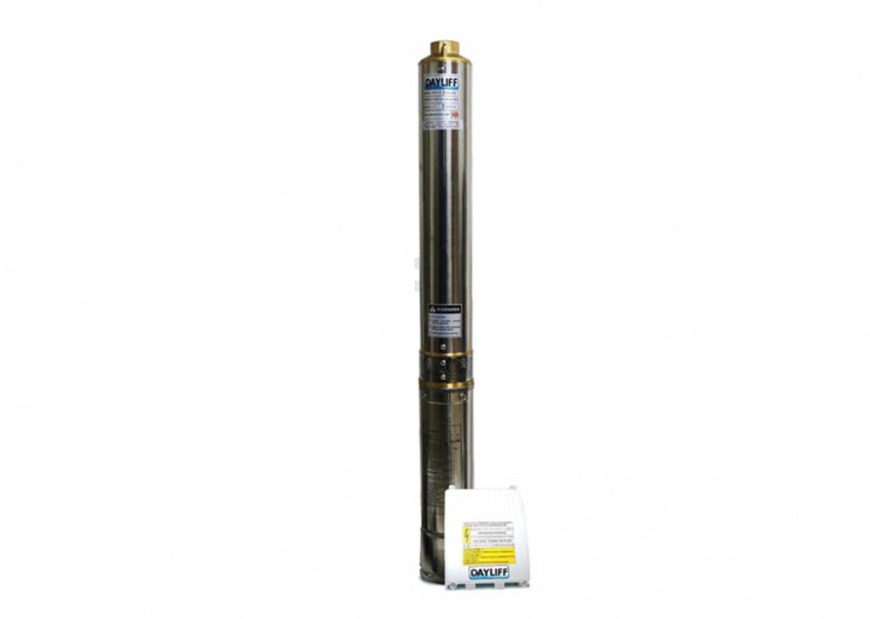Blog
How to Choose the Best Borehole Water Pump and Solar Kits

We provide the best and dependable solar water pumps and PV Solar System for home uses and borehole water supply. Our company deals with borehole water pump sizing, borehole inspection, pump installation and testing. Get consultation and reach out for purchase of reliable pumps at budget friendly prices.
Call 0790719020
Why You Should Install Solar Borehole Water Pumps
After drilling your borehole, you need solar pump and the entire borehole kit to allow you pump the water out of the borehole to your harvesting tank or dam.
Steps for choosing the right borehole Water Pump in Kenya
1. Begin with Borehole Test Pumping (The Foundation)
Test pumping is the first and most critical step in borehole equipping. It tells you everything you need to size the pump and accessories correctly.
Why It’s Important:
- Confirms actual borehole output (litres per hour)
- Determines static and dynamic water levels ( To help in water pump positioning)
- Shows if the borehole is sustainable at a given pumping rate
Test results are used to guide pump size, motor power, solar panel sizing, cable length, and sunverter rating.
2. Choose the Right Borehole Water Pump
Once pump test report is available, select a pump that matches the borehole’s output and depth.
Consider:
- Flow rate required (from test pump test report)
- Total dynamic head (depth to water + tank elevation+ Frictional losses )
- Power rating for the water pump
Pump Options:
- Submersible pumps: Best for 30–200m+ depth
- Surface pumps: Only for shallow wells below 10m.
3. Sizing the Borehole Water Pump Motor
The motor must match the load required to pump water at the depth and flow rates determined from test pumping report.
Motor Selection Guide:
- Rated in horsepower (HP) or kilowatts (kW)
- Common sizes: 1.1kW (1.5HP), 2.2kW (3HP), 4kW (5HP)
- Motor type: Single-phase or three-phase (match to power source)
4. Select the Right Submersible Cables
Cables must deliver stable power from the surface to the motor, considering:
- Depth of pump installation
- The distance of the borehole from the control panel
- Power requirements by the pump and the motor chosen
- Voltage drops limits
- The type of water pump required. I.e. submersible drop cables or ug surface cables.
Cable Size Guide:
- 5mm² for pumps ≤ 1.5 HP up to 80m
- 4mm²–6mm² for 2–3HP motors up to 120m
5. Secure Borehole Cover and Adaptor set
After pump installation:
- Install a steel borehole cover to protect the well
- Secure the cables, rope, and rising main
- Seal the wellhead to prevent contamination or tampering
- Borehole cover depends on the casing used and the pump used in the borehole.
6. Design and Fabricate the Solar Mounting Structure
If using a solar-powered borehole pump, design a structure to support the panels based on motor size and energy needs.
7. Sizing the Solar Panels
Solar panels must produce enough power to drive the pump at peak sunlight.
Panel Sizing Based on Motor:
- 5 HP (1.1 kW) → 6–8 panels of 350W = 2.1–2.8 kW
- 3 HP (2.2 kW) → 10–12 panels of 350W = 3.5–4.2 kW
Add 10–20% extra capacity to handle cloudy days and efficiency losses.
8. Choosing the Right Sunverter (Solar Pump Inverter)
The Sunverter connects the power from solar panels to the pump. It changes the power from DC to AC to solarize your water pump.
What to Look For:
- MPPT (Maximum Power Point Tracking) support for solar efficiency
- Rated kW should match the pump motor
- Built-in protections: dry-run, overload, surge, overheat
Example:
- kW pump → 1.1–1.5 kW sunverter
- 2 kW pump → 2.2–3 kW sunverter
Borehole Water Pump Installation Process (Step-by-Step)
- Install the casing to Prevent debris from contaminating the borehole.
- Lower the submersible pump inside the borehole.
- Position the pump suspended at least 2 m above the surface of the borehole. This is to prevent sediments from getting suctioned into the pump when water level drops.
- Connect the pump’s electric cable to the power supply. Ensure a qualified technician does the pump cable connection.
- Ensure you are grounded and observe safety before handling electric configurations.
Follow the video for installation process

